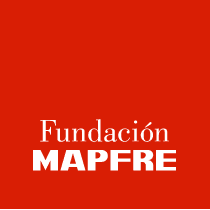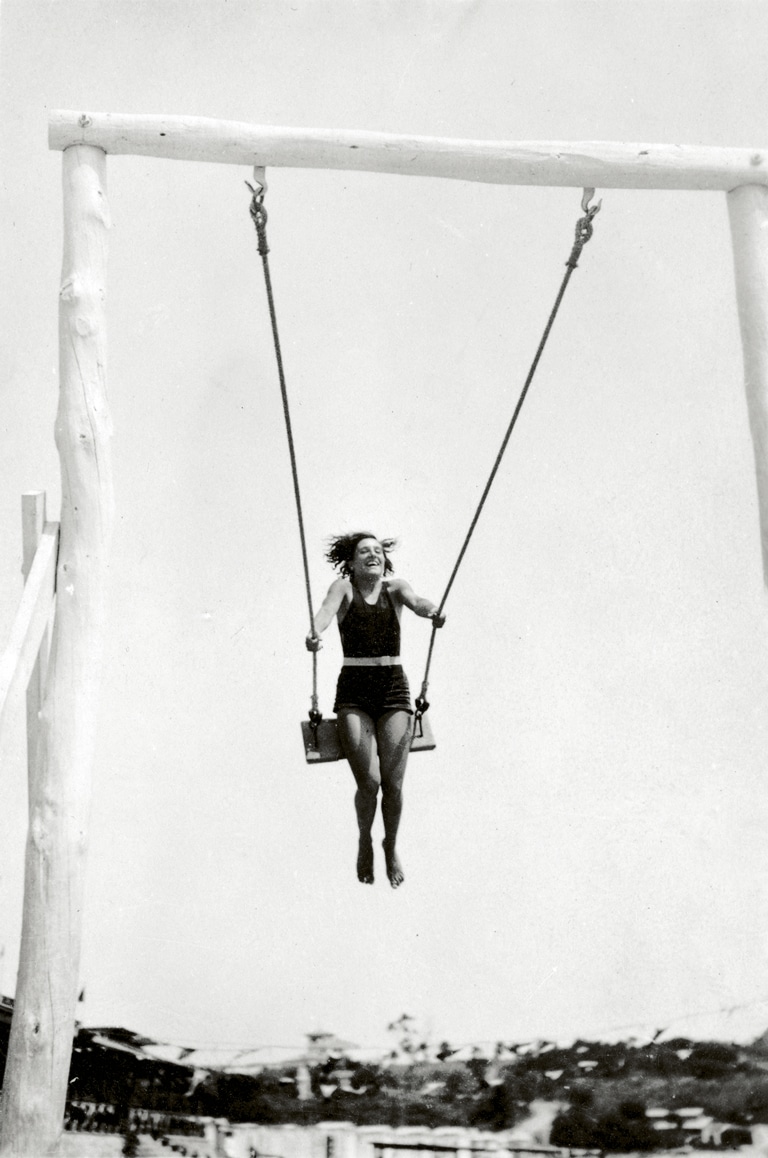
Maria Josepa Izard Llonch columpiándose en la playa de Sant Feliu de Guixols, Girona, 1923
Arxiu Històric de Sabadell, Fons Maria Josepa Izard Llonch, Sabadell
The domestic camera
Amateur photography in Catalonia
(ca. 1880-1936)
15 February to 12 May 2024
Discover the exhibition
For decades, amateur photography remained on the margins of the official history of photography, mainly due to its character as a mass activity and the shortcomings of many of its productions. For some time now, however, it has been the subject of attention for the way in which it manifests different social and cultural aspects of its time.
Amateur photographic culture took strong root in Catalonia from 1880 onwards and would not cease to arouse extraordinary social fervour until the outbreak of the Spanish Civil War in 1936. This exhibition traces its evolution through a thematic route that presents nearly 300 pieces (photographs, objects and period documents) that have been brought together thanks to the collaboration of seventeen public institutions (including archives, museums, libraries and research centres) and nine private collections.
Enthusiasts and amateurs
Amateur photography is that which arises outside the production logic of the professional market and encompasses a wide variety of users, among whom we must distinguish the common “enthusiast” from the “amateur”, according to the terminological distinction of the time. The ordinary enthusiast, or simple hobbyist, usually uses the camera on an occasional and often seasonal basis, e.g. on holidays, while the amateur, also called the “serious” amateur, acts, in a way, as a non-professional professional. They devote time and effort to photography, project in their hobby a certain yearning for progress and improvement and, from time to time, participate in activities that may lead to some recognition, such as competitions and exhibitions.
Visual and discursive influences
Domestic photography evolved along with visual culture. While in its early days it was influenced by painting, especially landscape painting, the mass media, such as cinema and the press, soon exerted an increasingly strong influence on amateur photographers, whose gaze evolved under the unstoppable and powerful influence of these new visual languages.
Materials
A cross-cutting activity
Domestic and amateur photography of this period was inter-class, inter-generational and available to both men and women. However, not all users took the same type of images; on the contrary, the results of their photographic practice were conditioned by the social categories that crossed them: class, gender and generation.
Where?
Avenida Litoral, 30 – 08005 Barcelona
Times
Monday (except holidays): Closed
Tuesday to Sunday (and holidays): from 11:00 a.m. to 8:00 p.m.
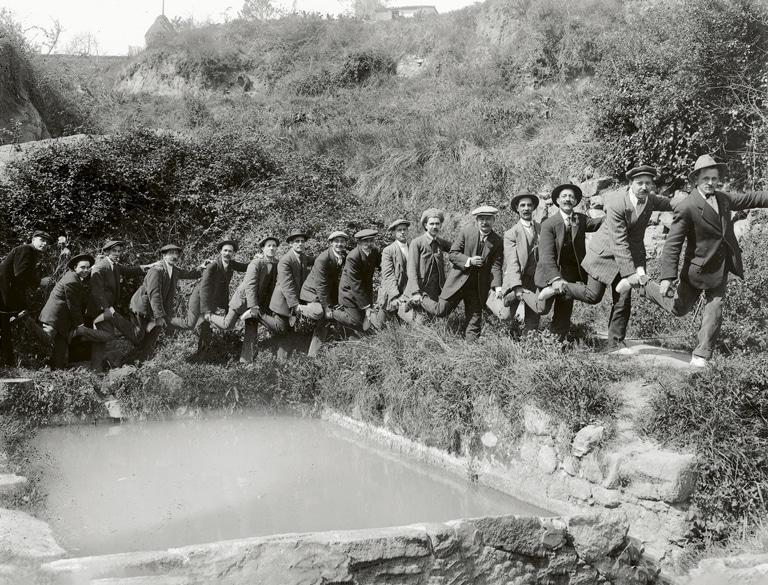
Antoni Rosal Grelon
Grupo de hombres alrededor de un pequeño estanque, décadas de 1910-1920.
Arxiu Nacional de Catalunya (ANC), Fons Antoni Rosal Grelon, Sant Cugat del Vallès
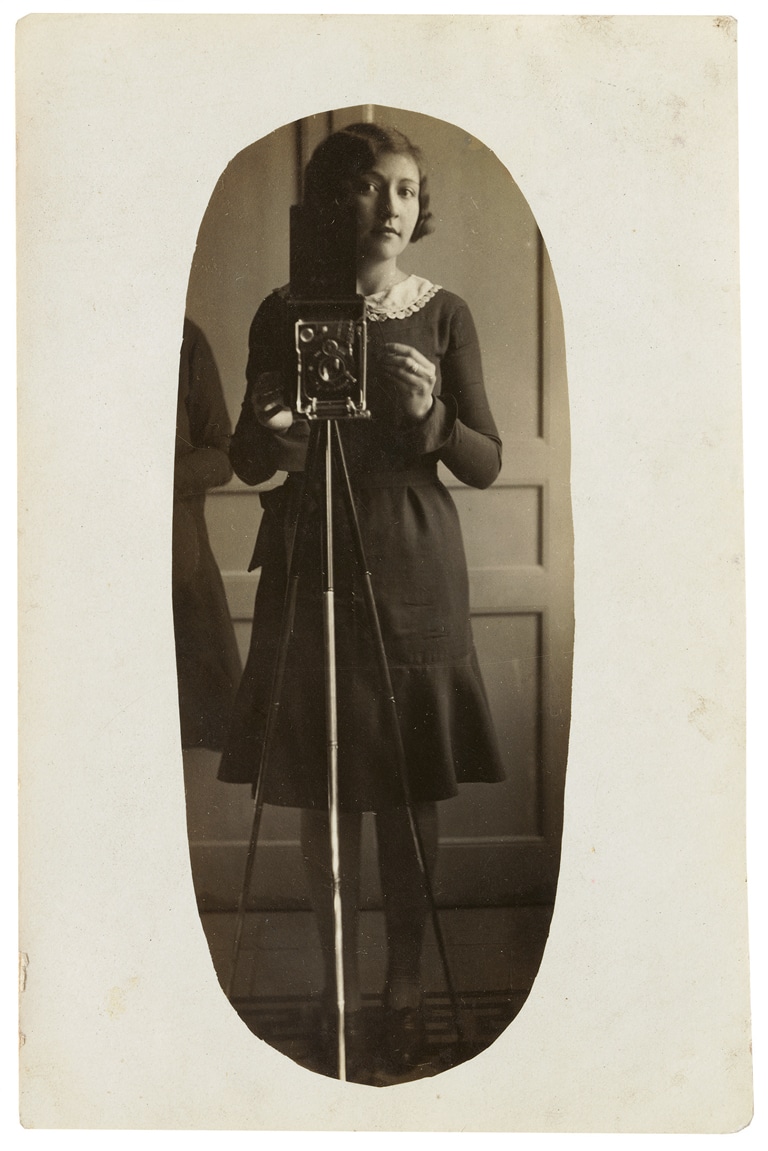
Autoría desconocida
Autorretrato de una joven con cámara y trípode frente a un espejo, ca. 1929-1935
Col·lecció Jordi Baron Rubí
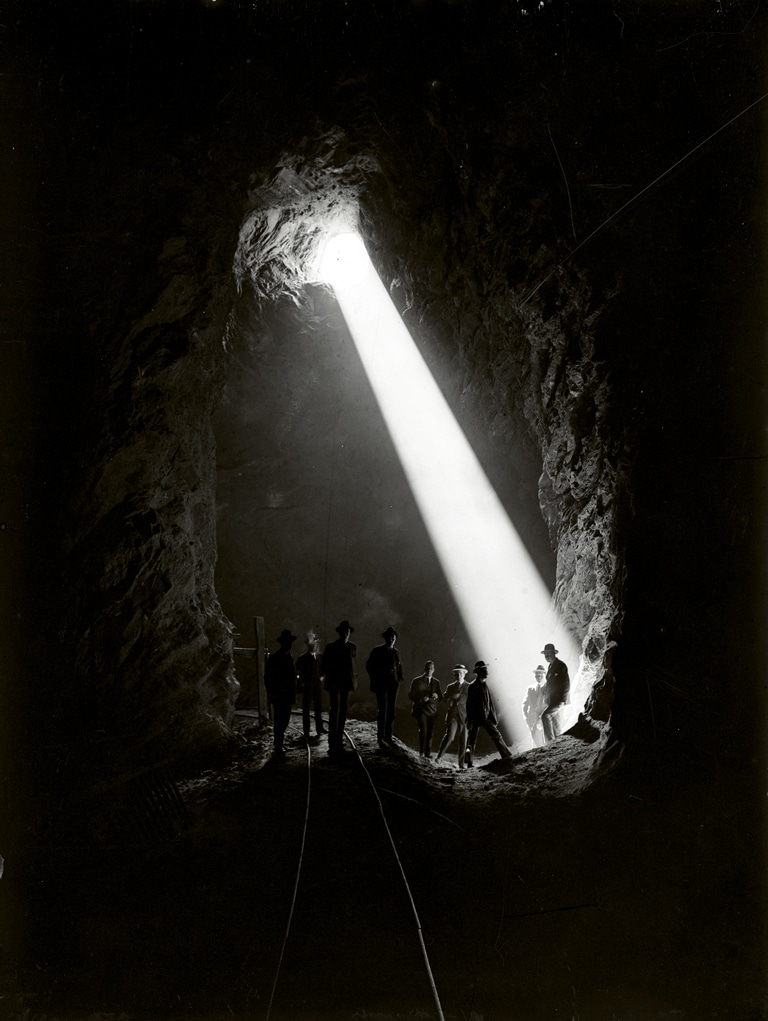
Grupo de estudiantes de la Escuela Superior de Ingenieros Industriales de Barcelona visitando el interior de una cantera, 1916.
Arxiu Nacional de Catalunya (ANC), Fons Hermenter Serra de Budallés, Sant Cugat del Vallès
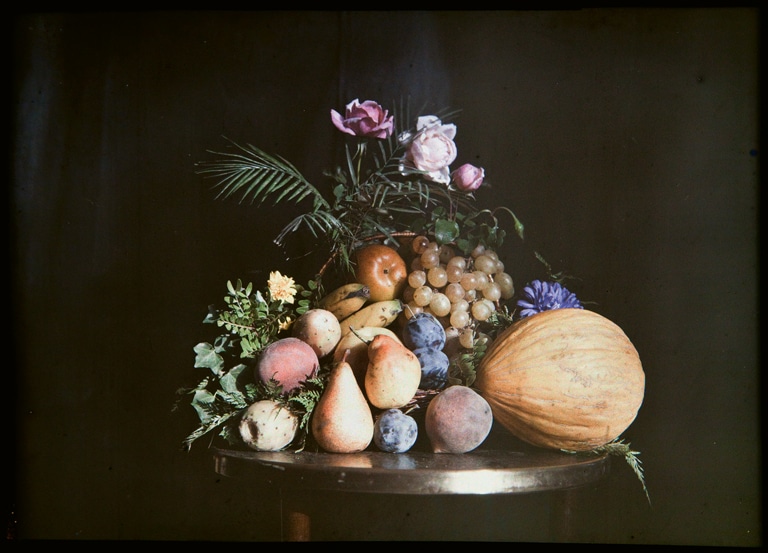
Francesc Carrera Bou
Serie de retratos familiares y un bodegón, ca. 1920.
Museu Nacional d’Art de Catalunya (MNAC), Dipòsit de Víctor Carrera, 2006
© Museu Nacional d’Art de Catalunya, Barcelona, 2023
«If we understand that these images are based on strong social and collective components, it is not surprising that they become objects with a life of their own that outlive their producers».
Núria F. Rius
